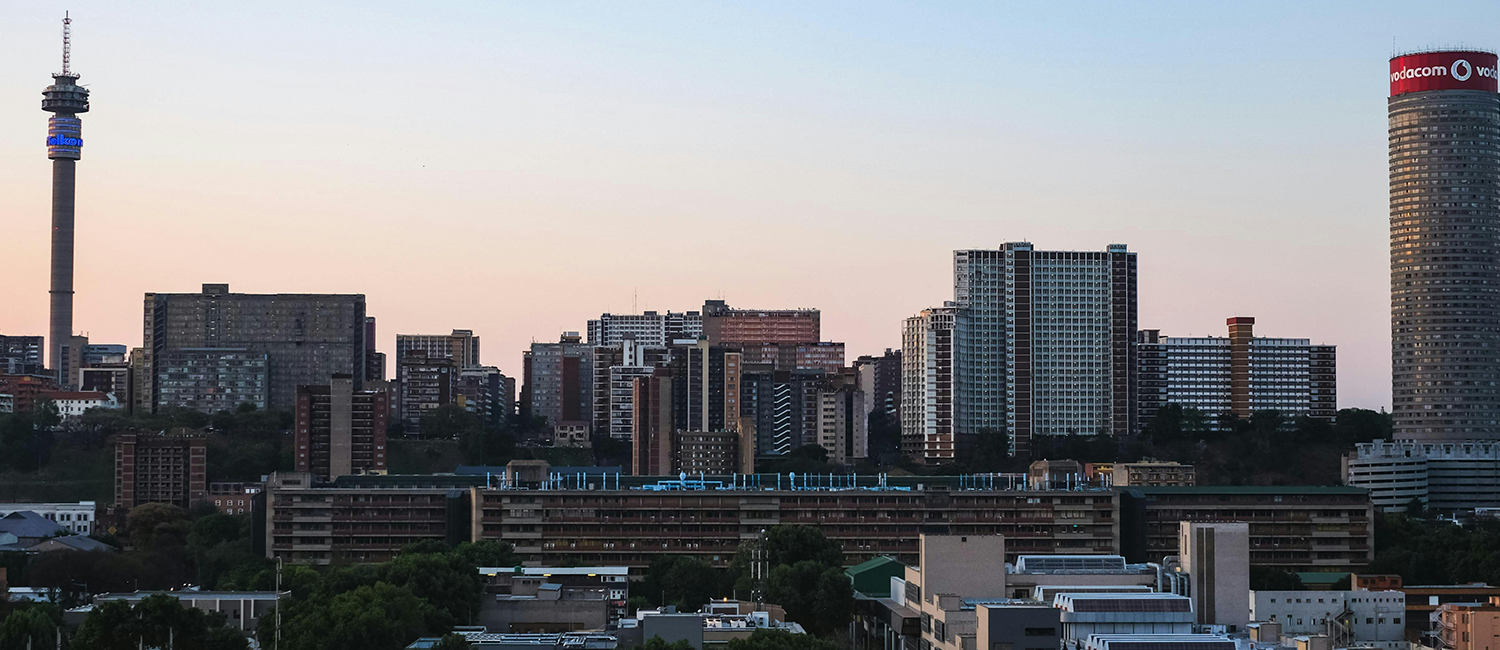SOME 10 years and 200 holes later, it seems like the derelict and ghostly plant of Johannesburg’s old gas works along its western spine will breathe new life into this side of town.
The 14,8ha Egoli Gas site, which dates back to 1939, is to get a makeover that will see it become the city’s latest got-to-get-there place, with lifestyle shopping, restaurants, loft apartments, a boutique hotel, offices and a parkland.
The site is a rectangle with two fingers jutting north and a third protruding from the southwestern edge. It is a neighbour of Atlas Studios and the Frost Avenue loft apartments. The popular 44 Stanley Avenue, with its restaurants and trendy shopping, is just around the corner.
There are three gasometers or tanks on site, an assortment of office buildings, and several tall plant buildings, presenting attractive profiles with chimneys, walkways and different roof levels. An open patch of ground on the eastern edge of the site contains a small stream running from south to north, through Milpark and eventually joining the Braamfontein Spruit.
Quintus Joubert, a director at Egoli Gas, says he has been working on the initiative for the past 10 years. “I am very, very excited by the project; we are getting close now.”
Pollution
One of his first challenges was pollution. The plant originally produced gas from coal, and a by-product was tar. Over the years, this tar has been deposited on the site. Nowadays, natural gas is piped in from Mozambique and dispensed to 7 500 household and industrial users.
Joubert has had 200 auger holes sunk to establish the exact extent of the pollution. The results reveal that tar layers are interspersed with soil layers, and that the tar is not polluting the stream.
Removing the tar is costly and time-consuming, so instead it will be covered with virgin soil. A parkland will be created on the eastern edge of the property, with a grassed amphitheatre and a pond. The park will be available for public use, with access from Frost Avenue in the northeastern corner of the site.
Pre-war industrial style
The buildings are in typical pre-World War Two industrial style. They are of warm red brick and steel; several are five or six storeys tall. The cathedral spaces inside are filled with huge steel beams, stretching to the ceilings – they were erected to hold up the machinery needed inside.
In the makeover, the beams will be removed and the buildings will become shopping and restaurant spaces, with glass roofs and luxuriant plants tumbling over balconies. The spaces between the buildings will be landscaped and contain roads, water features and steel artefacts from the dismantled plant machinery.
“Rarely does a site become available for redevelopment which has such important heritage buildings and is an industrial archaeological treasure trove,” says Barry Senior, a director of Gapp Architects, one member of a large professional team appointed by Egoli Gas to work on the project.
One of the tanks will be demolished – Egoli Gas has another plant in Langlaagte which will adequately fulfil its needs – while two will remain in operation in Cottesloe. A building that perfectly matches the tank’s size and height will replace it, with an open internal core, to be constructed either as loft apartments or offices. More office blocks are planned along Annet Road, on the western edge of the development.
Around 35 000m² of residential space will be created, with 700 middle to upper income flats, and 730 student units. Some 39 000m² will be devoted to office space while the hotel will contain 100 rooms. Shoppers will have 10 600m² where they will be able to get their retail fix.
Senior says the precinct will be family oriented, but also draw on the students and lecturers from Wits University and the University of Johannesburg, its immediate neighbours. Rea Vaya is several blocks away in Empire Road, making it accessible to a wider market.
The site will be environmentally friendly, with steel beams and other pieces of machinery being recycled. And, because it is a gas site, gas will be used for street lighting and appliances in the flats and restaurants.
Seven erven
Another challenge has been to buy back seven erven on the property that once belonged to the Queen of England, a quirky colonial rule. When South Africa became a republic in 1961 the erven became the property of the Department of Public Works. The land, worth around R600 000, is being bought back from the government.
Besides getting heritage approval for the development, applications have been made to the City for rezoning. It is expected that these will be approved in the new year, and once a developer has been secured, construction should begin towards the fourth quarter of next year. It is anticipated that it will be a R1-billion investment.
“I would love to see it in place,” says Joubert. “We have worked on it for so long, putting in so many hours.” He has been approached by developers already, but it will go out to tender in early 2012.
Like the Waterfront in Cape Town, where the development incorporates a working harbour, this one will incorporate an active gas plant, right down to its five gas-run vehicles among its fleet.

